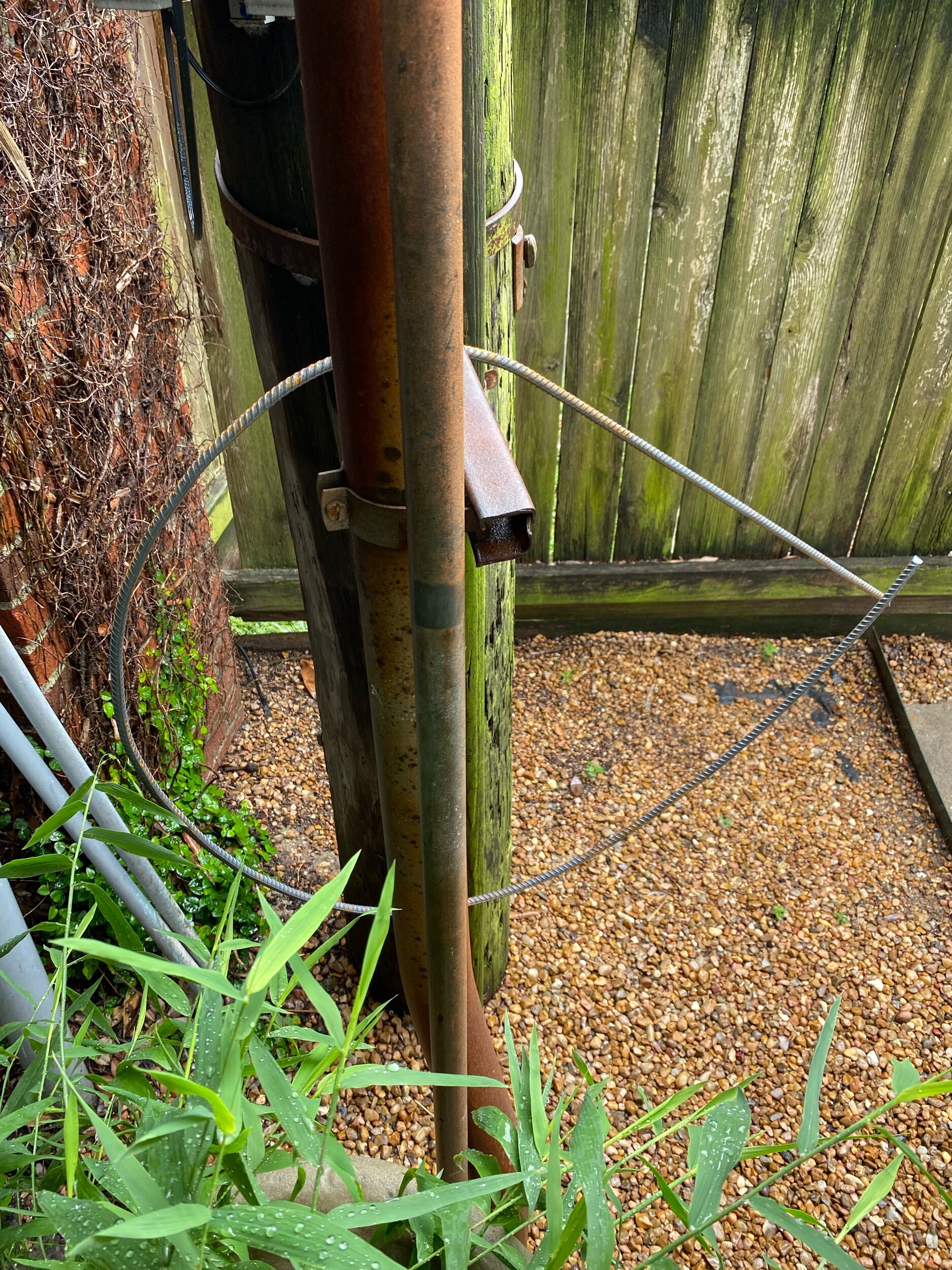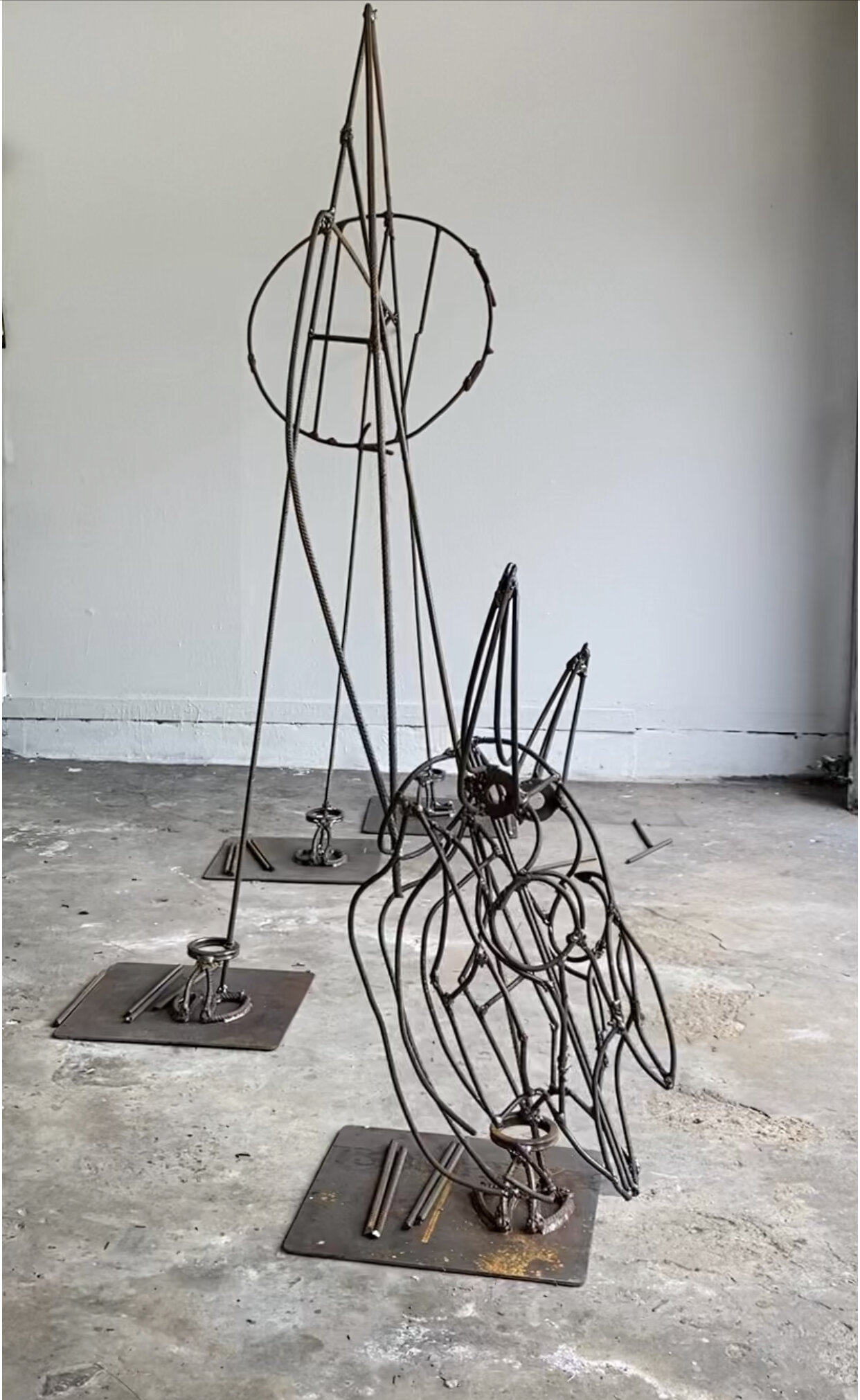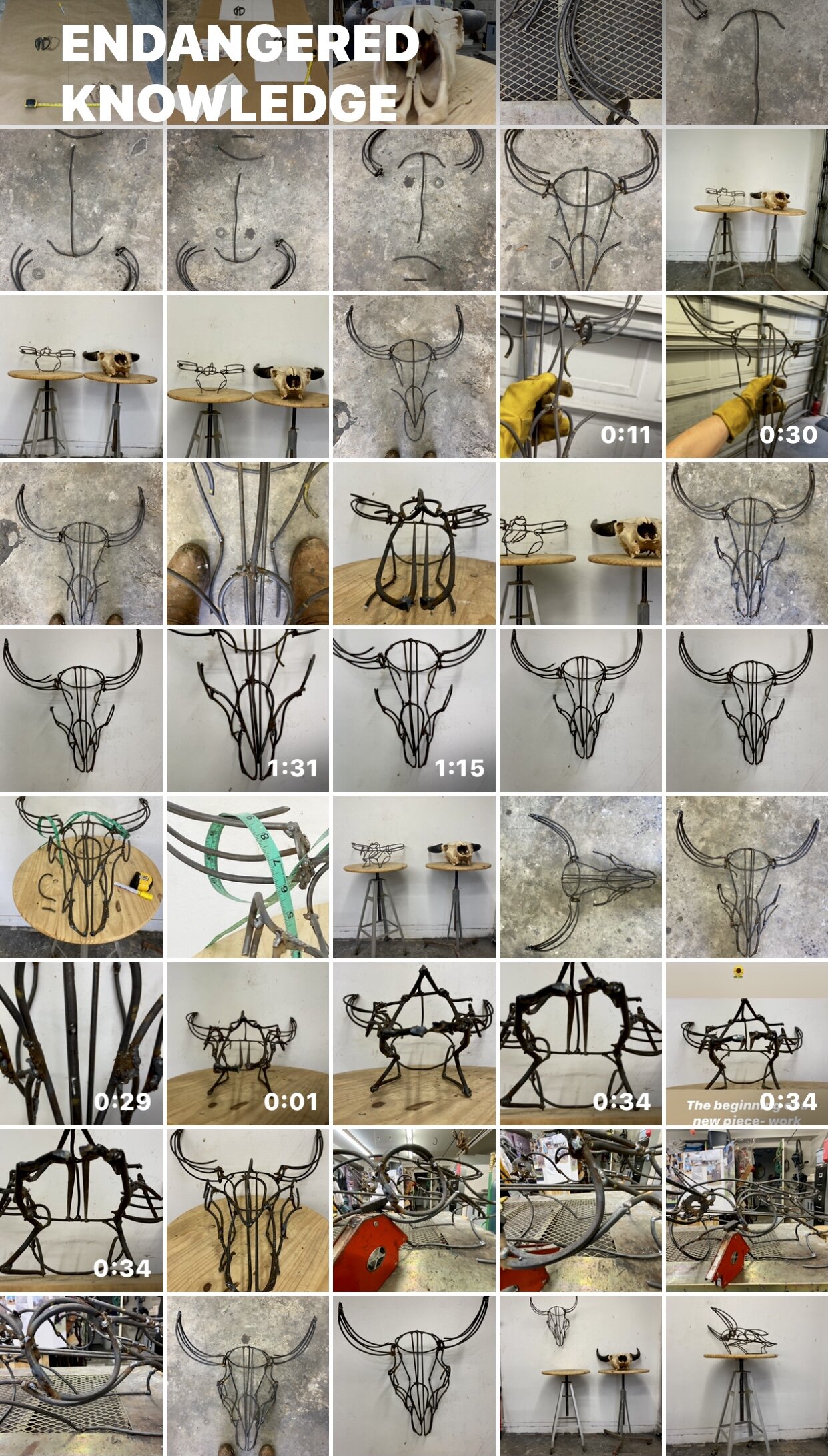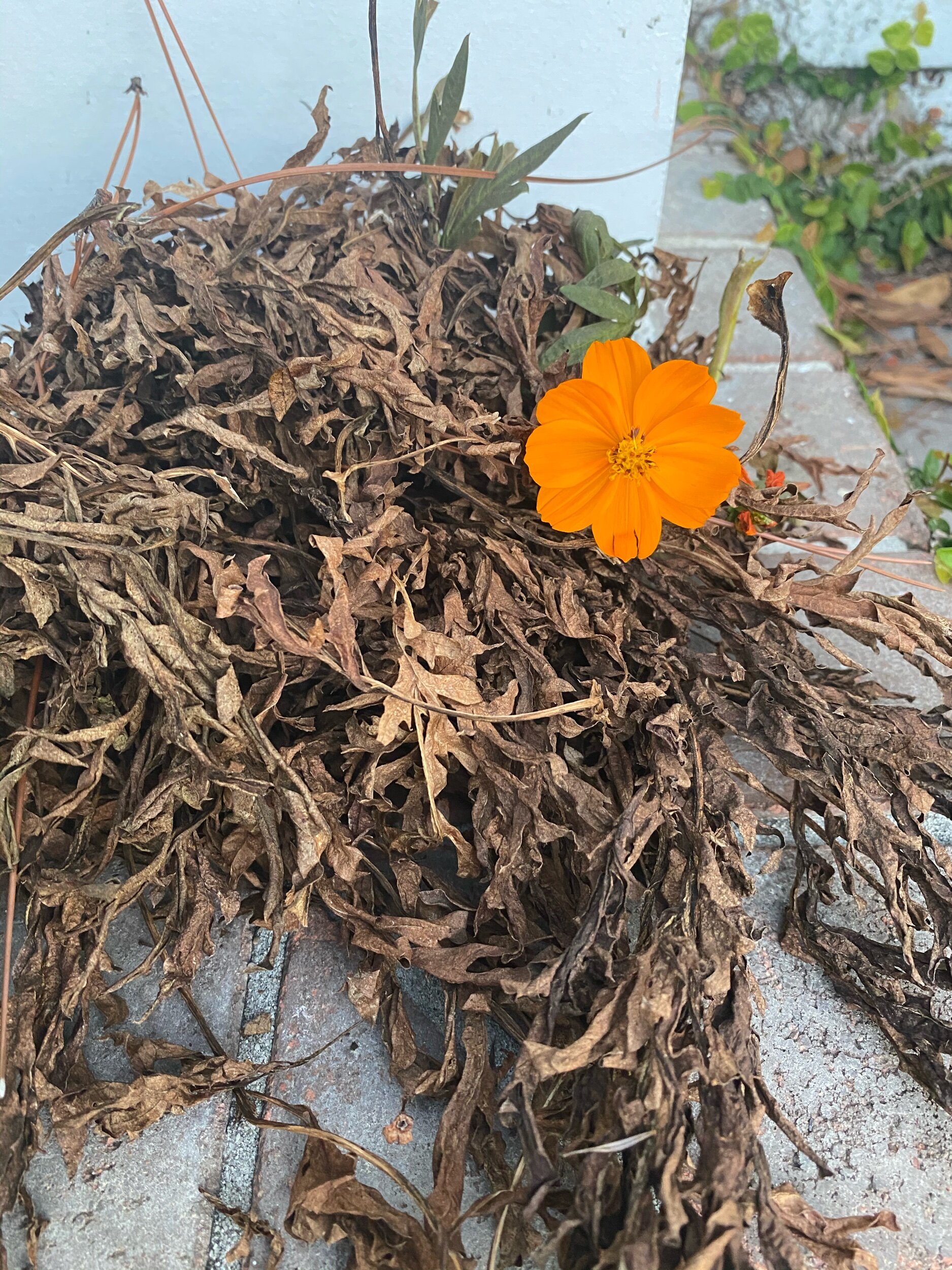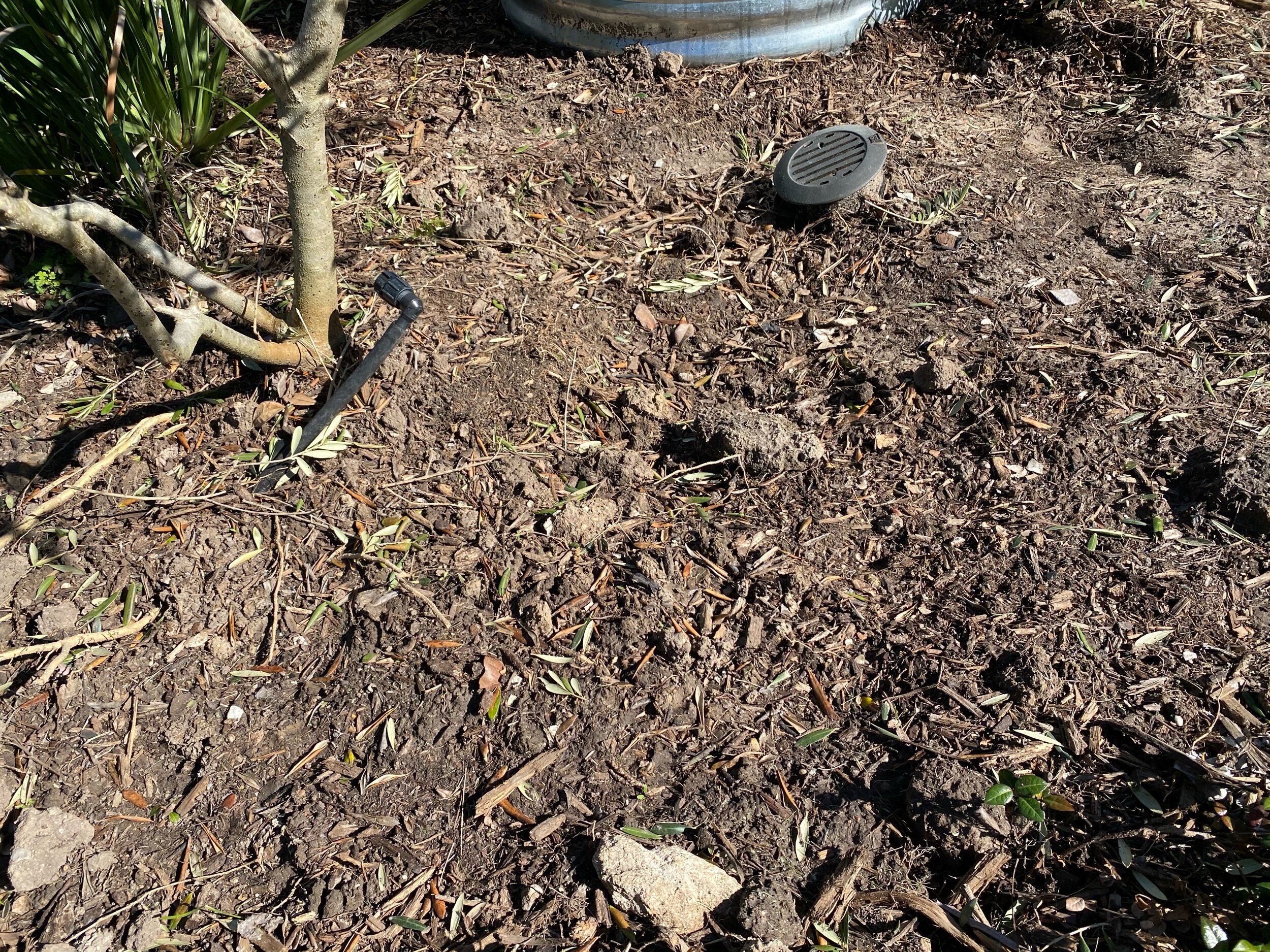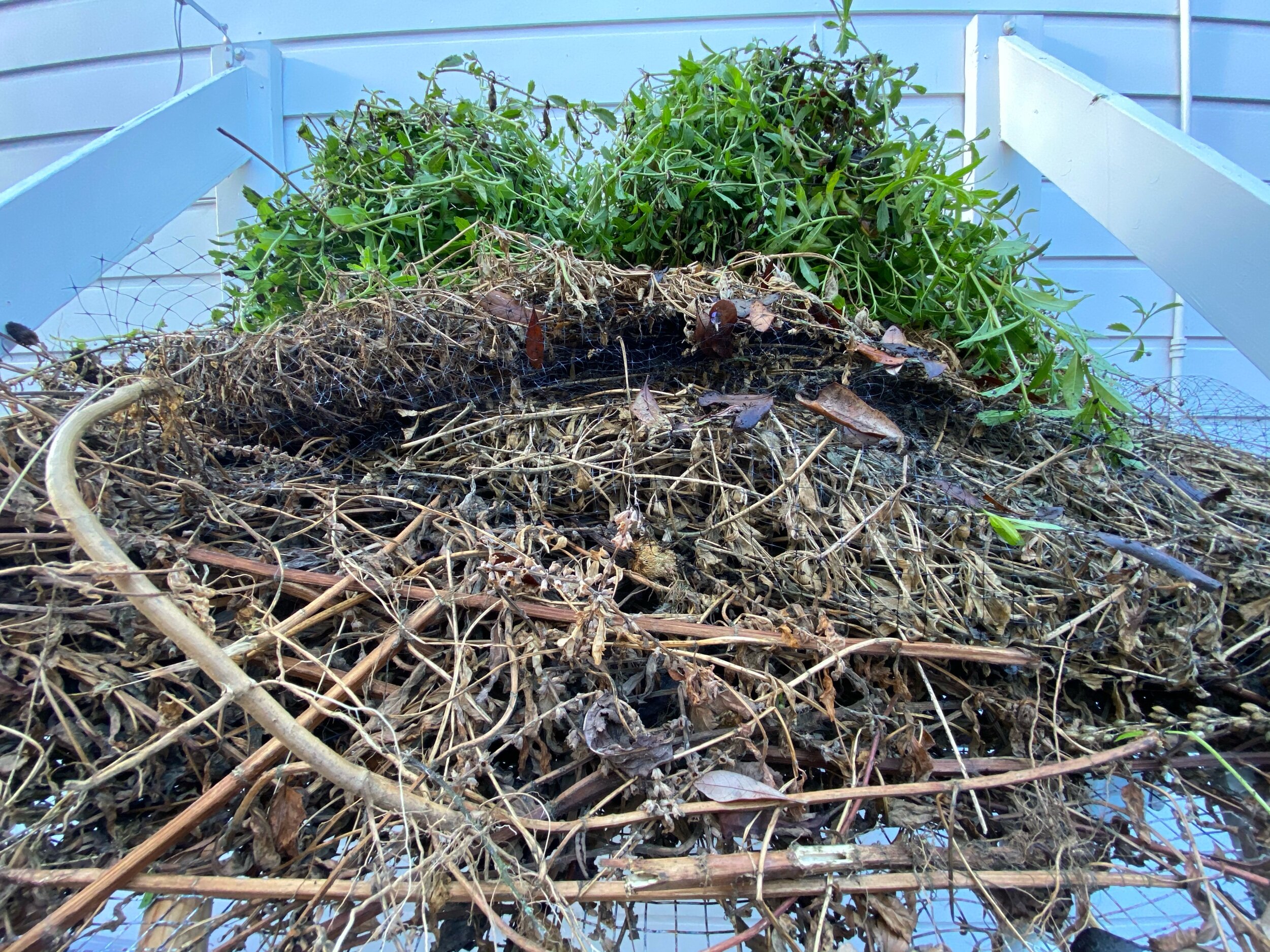I love that quote; it sums up how I think and supports how I am driven to work. Several times during studio visits with people that are in the art world and that I have tremendous respect for, they advised me that I should focus on one thing, one media to work in, or one subject. It helps in branding. It also allows for intense and thorough investigations in an area. It is a smart way to go. I understand what they are saying. It is a lot easier to market art made out of one media or maybe two different medias. It allows you to be recognized by the work.
If I were 20 years old and created art for financial gain- to eat and pay my rent, I would 100% take the advice. Since I am 63 years old and after years of working long hours (not in a visual field), I now have the luxury of knowing where my next meal is coming. Branding is smart, but it is not what interests me about making art. The creativity, the making of, and the message of are what inspire me. The freedom to be creative and not have to worry about the marketability, durability, or popularity of size, material and color allows me to do work that is important to me, with materials that speak to the issues that keep me up at night or move me. It is a luxury not to have financial pressures. Having this luxury, I feel responsible for using the freedom I am afforded to do work that will help create a better world. It does not mean I can’t have fun with it. I love making and feeling passionate.
I have many interests, and I try to be open to new ideas. I believe creativity comes with exposure to life’s experiences, both good and bad, and life’s failures. I often try to break the rules set out by those who came before me regarding creating, and looking for new ways to find my voice. It comes from the willingness to try new things, ”to grasp further than my reach.” -Browning?
Every new idea I have, I first think if it should be expressed 2D or 3D or both. I have to consider the problems that will arise. I have to look far enough to solve the next problem, but not so far ahead that it is daunting. That is a fine line. Reading Range confirmed my beliefs and uncovered even more justifications for staying focused on my path of diversity. . There are connections in my creative wanderings, they are not as visible as using one media or one subject, but they are there for those that take the time to look and think. Good or bad, this is how I need to create. Maybe someday, but for now, I do not want to shift my mindset. I want to keep expanding my visual and sculptural vocabulary. I want to look for ways to interleave my work, create more mental schemes, broaden my thinking, think outside my experiences.
I am naive enough to hope that one-day, art historians, and or critics will see the connections in my work and maybe be glad I didn’t do one thing. Until then I have to figure out where to keep all this work.


